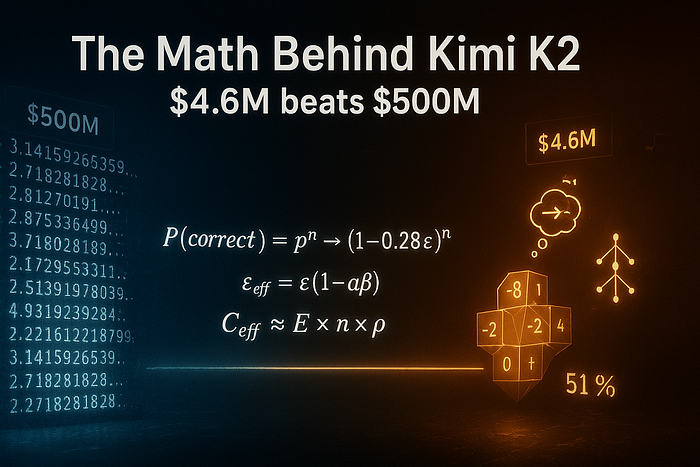Introduction to TRUEBench
Samsung is overcoming limitations of existing benchmarks to better assess the real-world productivity of AI models in enterprise settings. The new system, developed by Samsung Research and named TRUEBench, aims to address the growing disparity between theoretical AI performance and its actual utility in the workplace.
The Need for a New Benchmark
As businesses worldwide accelerate their adoption of large language models (LLMs) to improve their operations, a challenge has emerged: how to accurately gauge their effectiveness. Many existing benchmarks focus on academic or general knowledge tests, often limited to English and simple question and answer formats. This has created a gap that leaves enterprises without a reliable method for evaluating how an AI model will perform on complex, multilingual, and context-rich business tasks.
What is TRUEBench?
Samsung’s TRUEBench, short for Trustworthy Real-world Usage Evaluation Benchmark, has been developed to fill this void. It provides a comprehensive suite of metrics that assesses LLMs based on scenarios and tasks directly relevant to real-world corporate environments. The benchmark draws upon Samsung’s own extensive internal enterprise use of AI models, ensuring the evaluation criteria are grounded in genuine workplace demands.
How TRUEBench Works
The framework evaluates common enterprise functions such as creating content, analysing data, summarising lengthy documents, and translating materials. These are broken down into 10 distinct categories and 46 sub-categories, providing a granular view of an AI’s productivity capabilities. To tackle the limitations of older benchmarks, TRUEBench is built upon a foundation of 2,485 diverse test sets spanning 12 different languages and supporting cross-linguistic scenarios.
Key Features of TRUEBench
The benchmark is designed to assess an AI model’s ability to understand and fulfil implicit enterprise needs, moving beyond simple accuracy to a more nuanced measure of helpfulness and relevance. To achieve this, Samsung Research developed a unique collaborative process between human experts and AI to create the productivity scoring criteria. This cross-verified process delivers an automated evaluation system that scores the performance of LLMs.
Transparency and Adoption
To boost transparency and encourage wider adoption, Samsung has made TRUEBench’s data samples and leaderboards publicly available on the global open-source platform Hugging Face. This allows developers, researchers, and enterprises to directly compare the productivity performance of up to five different AI models simultaneously.
Current Top 20 Models
As of writing, the top 20 models by overall ranking based on Samsung’s AI benchmark have been released. The full published data also includes the average length of the AI-generated responses, allowing for a simultaneous comparison of not only performance but also efficiency.
Impact of TRUEBench
With the launch of TRUEBench, Samsung is not merely releasing another tool but is aiming to change how the industry thinks about AI performance. By moving the goalposts from abstract knowledge to tangible productivity, Samsung’s benchmark could play a role in helping organisations make better decisions about which enterprise AI models to integrate into their workflows and bridge the gap between an AI’s potential and its proven value.
Conclusion
TRUEBench is a significant step forward in evaluating the real-world productivity of AI models in enterprise settings. Its comprehensive suite of metrics, multilingual approach, and collaborative process between human experts and AI make it a reliable and transparent benchmark. As the industry continues to adopt AI models, TRUEBench is poised to play a crucial role in helping organisations make informed decisions about their AI investments.
FAQs
What is TRUEBench?
TRUEBench is a benchmark developed by Samsung Research to assess the real-world productivity of AI models in enterprise settings.
What makes TRUEBench different from existing benchmarks?
TRUEBench is designed to evaluate AI models based on scenarios and tasks directly relevant to real-world corporate environments, and it provides a comprehensive suite of metrics to assess productivity capabilities.
How does TRUEBench work?
TRUEBench evaluates common enterprise functions such as creating content, analysing data, summarising lengthy documents, and translating materials, and it uses a collaborative process between human experts and AI to create the productivity scoring criteria.
Is TRUEBench available to the public?
Yes, TRUEBench’s data samples and leaderboards are publicly available on the global open-source platform Hugging Face.
What is the potential impact of TRUEBench on the industry?
TRUEBench could play a role in helping organisations make better decisions about which enterprise AI models to integrate into their workflows and bridge the gap between an AI’s potential and its proven value.











